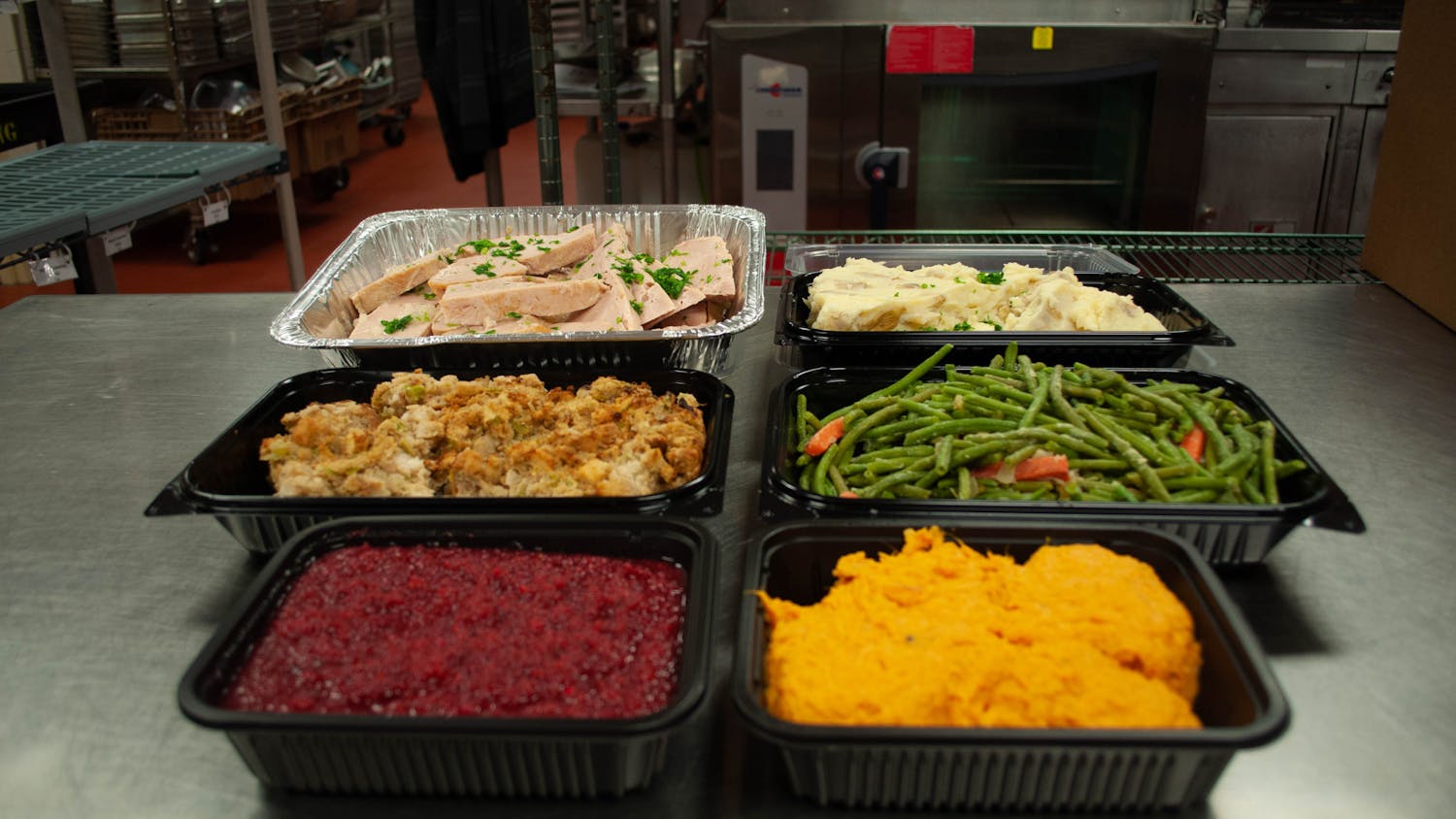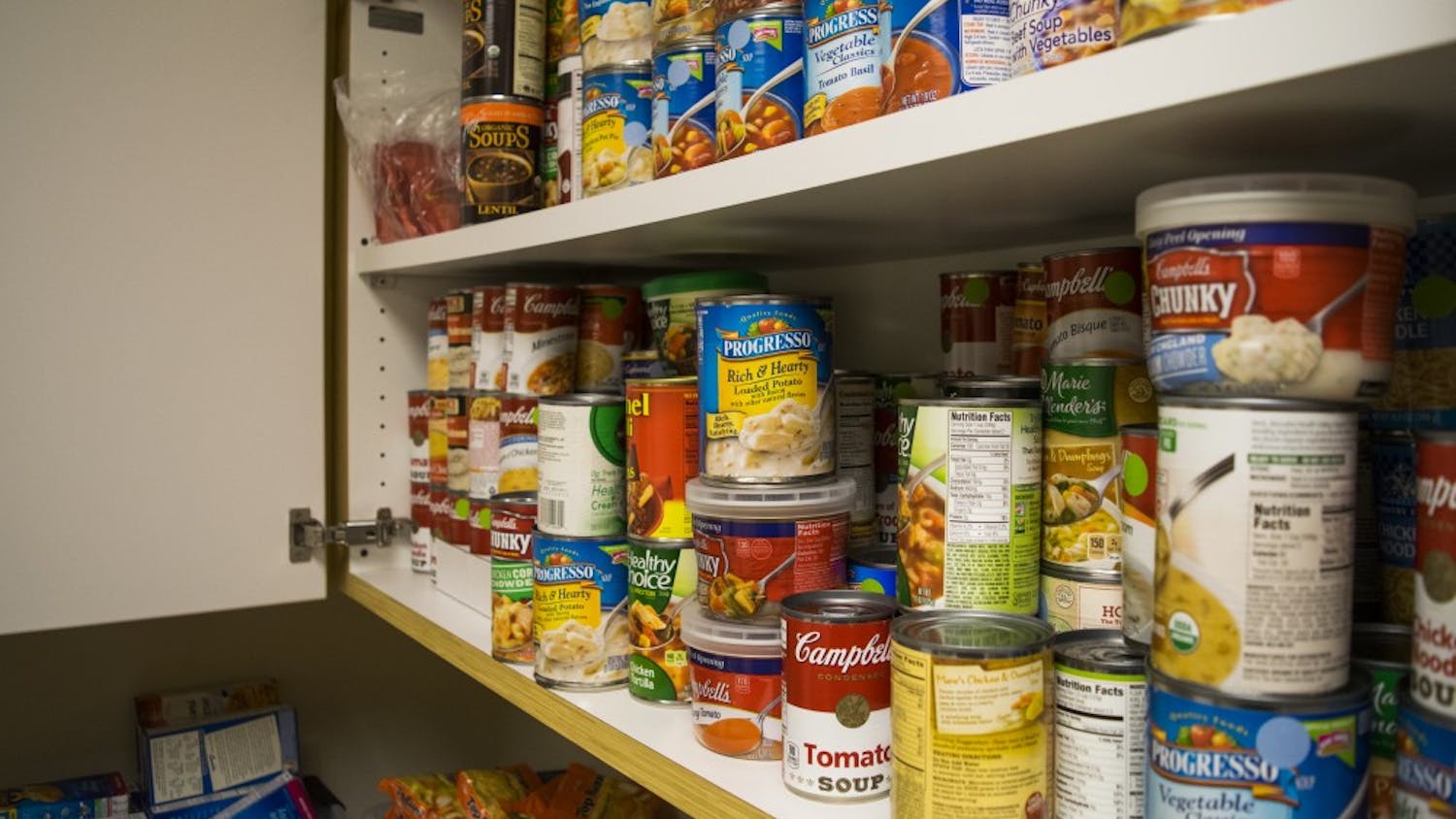Standing in a large room where men in white coats monitor an array of instruments and silver tubing connects several giant chrome vats, one might not expect this lab's product to be served in a waffle cone. But at the University of Wisconsin Dairy Plant located in Babcock Hall, the sweet smell of ice cream fills the air.
Plant Manager Bill Klein, who graduated from UW with a degree in food science, says he does not notice the smell. But that may be because has been on the job for over 15 years.
Capable of producing over 11 thousand pounds of milk per day, the Dairy Plant is responsible for the processing, production and distribution of milk, cheese and ice cream for the entire University.
Although it is self-sufficient, Klein knows his plant can't keep pace with larger volume producers in the state. He said his advantage comes from his ability to produce small, experimental batches.
Because of the size of our equipment, we can easily make small quantities. For example, if a local company wants to try out a new stabilizer or a new flavor, they come to us if they are interested in trying it out on real equipment instead of just in a lab,\ he said.
On this particular day they are making milk, but it could just as easily be one of 15 varieties of cheese or one of the hundreds of ice cream flavors it has produced over the years.
About a quarter of the milk comes to the plant from the research facilities two blocks west, where they keep the UW cows, but the rest comes from local dairy farms.
Once it arrives, it is piped into a pasteurizer and then moved into a holding tank. Federal law states that it must be processed within 72 hours, but Klein says it is never there for more than a day or two.
From there, it is delivered daily to several campus locations, including Pop's Club, the largest campus consumer of dairy products. UW Housing Purchasing Manager Angie Erickson says Pop's Club alone may buy over 110 gallons of milk in a single purchase.
However, there are natural fluctuations during the school year, including summer and winter breaks.
""We see ups and downs during the year, for example before spring break we see a drop in dairy purchases. That's likely because people tend to be looking for more low-calorie, low-fat foods before they go on break,"" said UW Housing Food Service Manager Brian Burke.
As a state, Wisconsin produces two billion pounds of milk every month and provides a quarter of the nation's cheese. That tradition of dairy production may contribute to UW-Madison's consumption levels.
""From my own observations, Wisconsin natives seem to consume more than people from out of state,"" said Burke. ""It has a lot to do with what you are brought up on.""
""My favorite part of this job is the variety it brings,"" said Klein. ""But growing up in Wisconsin might have also had something to do with it.""
\





